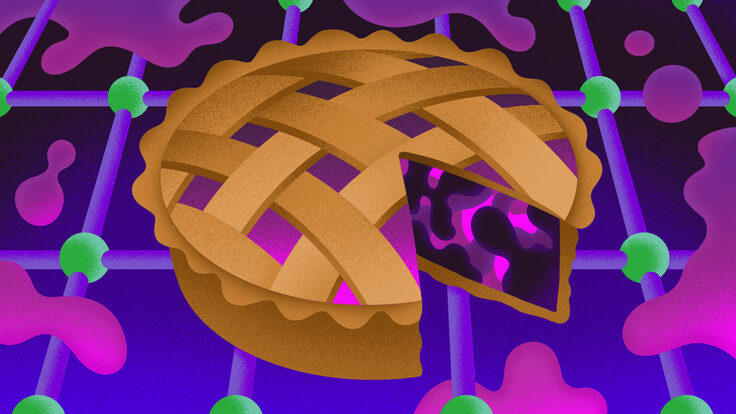
A couple of weeks ago Jim Shultz of Fermilab's Visual Media Services was following his usual routine. As Jim puts it, "It was a normal day like any other" including a stop at the cafeteria for his morning coffee.
"I was in line to pay and there was some small talk at the cashier’s station and as I was walking away, I glanced at the change before I put it in my pocket. One coin looked slightly dark. My initial thought was that I had gotten a Canadian coin in my change. Upon closer inspection, I recognized that the coin was a dime, and somewhat aged. But when I really looked at it, I realized that I had gotten a dime from 1892!"
"When I was younger, I used to collect coins, so I was vaguely familiar with the terms of numismatics and the condition of coins. For its age, this coin was in relatively good shape."
Later that day Jim examined it a little closer. A quick Web search revealed that this was in fact an 1892 Barber Dime, minted in Philadelphia. It was the first year of issue for this particular design, so 12 million of them were minted. Consequently, many of them were saved, which is why this coin might have been available in circulation 116 years later.
Some Web sites indicate that this particular dime might be worth about $8. There are some on eBay for less than that, although in much worse shape. While investigating this, Jim discovered that the 1894-S dime (similar but minted in San Francisco) is one of the rarest US coins. Only 24 were made, and nine specimens are accounted for. One of them recently sold for $825,000.
Fermilab’s expert coin collector, physicist Tom Diehl of the DZero experiment, says there is more to consider about this find: "In rough numbers 1 in 10,000 dimes ever made in the US is a 1892 Barber and about 1 in 150 is a Barber dime of any date. But they get worn out and removed from circulation by collectors, kids, people who pull silver out of circulation--that way is surely the most effective--so it is very unusual to find Barber dimes in circulation.”
One way this could happen is that somebody empties their parents' or grandparents' penny jar at the bank. The bank has machines that count and bag the coins, and possibly roll the coins without ever looking at them. That gets them back into circulation, and to Fermilab.
Tom does not remember ever seeing a Barber dime in circulation. "Let's say I get a couple dimes a day on average. That's about 25,000 dimes in 30 years, say. I look at every coin I get, just a habit, doesn't take more than a glance.
"It's reasonable to say this is likely a once-in-a-lifetime dime for any single person."






